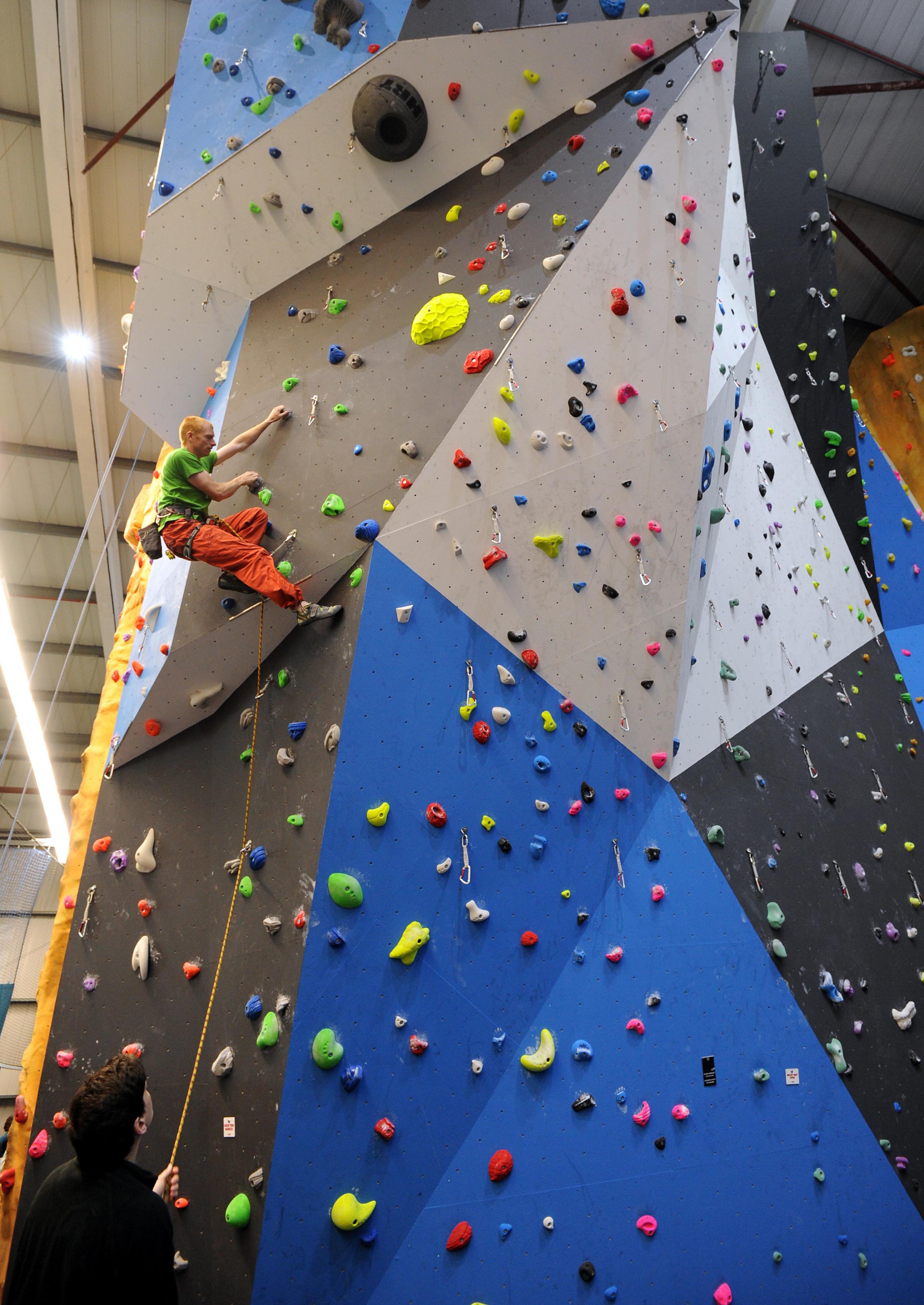Association of Chartered Physiotherapists in Sport and Exercise Medicine blog series @PhysiosinSport
CONFERENCE REPORT
By Zachary Spargo (@ZachSpargo)
The Physios in Sport (ACPSEM) Biennial Young Athlete Conference was in no uncertain terms an absolute classic! Great speakers, hot topics, lots of networking and above all – mini burgers for lunch! The focus was on managing the young athlete within all aspects of sport to ensure their development into a robust, resilient and successful adult. This BJSM podcast is a good place to whet your appetite https://soundcloud.com/bmjpodcasts/managing-load-in-young-footballer-practical-tips-to-customize-treatment-training-sam-blanchard
Here’s some of the educational nuggets that the two days entailed:
Physical Development and Risk
(J Bunce, A Renshaw & P Read)
 The day opened with a discussion on the optimal training programme for the younger athlete. A balance between resistance and power sessions was suggested to be the best route. The need to make sessions fun for youngsters was keenly stressed, giving examples of Manchester City’s playground and Brighton and Hove Albion’s climbing wall.
The day opened with a discussion on the optimal training programme for the younger athlete. A balance between resistance and power sessions was suggested to be the best route. The need to make sessions fun for youngsters was keenly stressed, giving examples of Manchester City’s playground and Brighton and Hove Albion’s climbing wall.
Andy Renshaw highlighted one of the key messages of the conference: You simply cannot rely on adult data to predict injuries in younger athletes. Using the Fuller et al. (2006) injury definition consensus statement http://bjsm.bmj.com/content/40/3/193, Andy was able to expertly illustrate the differences between the populations. His data showed for example that anterior thigh strains were the most commonly occurring injury in the academy teams (18% n=23) compared with a majority of posterior thigh injuries in the adult game. Paul Read went on next to identify some of the main risk factors for injury in adolescent populations including:
- Previous injury
- Fatigue
- Movement skill/neuromuscular skill
- Growth and Maturation
- Seasonal Variation (Greatly increased loads pre-season)
Will Abbott (Brighton and Hove FC) also reiterated the importance of load management and monitoring throughout the season, but spoke of the need not to purely focus on velocity of activity.
Hot Topics
(S Parris, M Stewart, T Quantrell, M Hendry, A D’Silva, & J Hanson)
- Safeguarding: The welfare of the child must always be, the absolute paramount consideration of the healthcare professional.
- Persistent Pain: Treat the symptoms not the scan (35% of athletes have damage on MRI but no symptoms). ‘Pain is the ideal habitat for worry to flourish’ (Eccleston & Crombez, 2007). Understand our mouths are THREAT MACHINES!
- Golf: Surprisingly little physical preparation for young golfer currently. Identify physical markers, technical markers and evaluate how your treatment/preparation has effected performance.
- Sudden Cardiac Death: Exercise is good! However can be a trigger in rare cases for sudden cardiac death (SCD). Some of the conditions causing SCD can be screened in the young athlete. https://blogs.bmj.com/bjsm/tag/sudden-cardiac-death/
- Concussion: If in doubt sit them out! Chronic traumatic encephalopathy has a clinical manifestation of early onset dementia (post mortem findings of repetitive head injury). http://bjsm.bmj.com/content/47/5/250.full
Orthopaedic Physiotherapy Management
(P Bennett, I Tak, S Ahamed, Mo Gimpel, P Glasgow, A Wallace, M Allen & A Harris)
- Gymnastics Adolescent Spine: In a sample of female Olympic gymnasts (12-20 years) 12/19 had degenerative discs and 3/19 had spondylolysis. Our role is to create a robust young athlete, with regular screening and early detection of issues. Must have full fitness before returning to activity after injury! See this podcast from Dr Pippa Bennet for more information: https://soundcloud.com/bmjpodcasts/legendary-england-football-chief-medical-officer-on-acl-injuries-red-s-and-sport-team-culture
- Hip/Groin: Reduced hip range of motion (internal rotation) in athlete with groin pain. Increased anterior pelvic tilt results in decreased range of motion which ultimately affects ball striking power in footballers. Southampton FC’s Mo Gimpel demonstrated a tremendous reduction in hip/groin injuries with a movement dissociation programme. He also noted the need for an iliopsoas/glute activation programme before stepping on the pitch at any time!
Monitoring and Prevention
(N Cameron, J Strickland, A Johnson, W Abbott, L Abnett, J Elphinston & R Brandon)
- Apophysitis Syndromes: Affects children during secondary growth spurts, especially those involved in physical activity (ages 8-16). Using a self-developed treatment algorithm (including absolute rest, stretching and massage), Jenny Strickland was able to reduce recovery time significantly to an average of 19 days.
- Screening: Amanda Johnson highlighted the main reasons for screening your youth athletes as follows:
- Cardiac investigation
- Growth related injuries
- Flexibility
- Strength
- Load monitoring
- Endurance and sprint ability
But it was stressed that clinicians should not intervene without evidence and to ensure your protocols are to the highest standard!
Physios in Sport Young Athlete Conference 2015: In Summary
This is really just the tip of the iceberg in relation to what was on offer! I’m really sorry I haven’t been able to include something from all the speakers because they were all absolutely incredible throughout the two days. I urge all readers to look out for where they can find them at other conferences around the world.
If you have any questions then don’t hesitate to comment below!
PLUG ALERT: Look out for the next ACPSEM Biennial conference in 2017! Plus have a nosy at all the brilliant CPD opportunities on the Physios in Sport website.
Zachary Spargo MSc Physiotherapy student (pre-registration), BSc (Hons) Sport and Exercise Science (@ZachSpargo). Currently studying at York St John University and is the Yorkshire and Humber CSP Communications Lead for the region. ACPSEM student member.